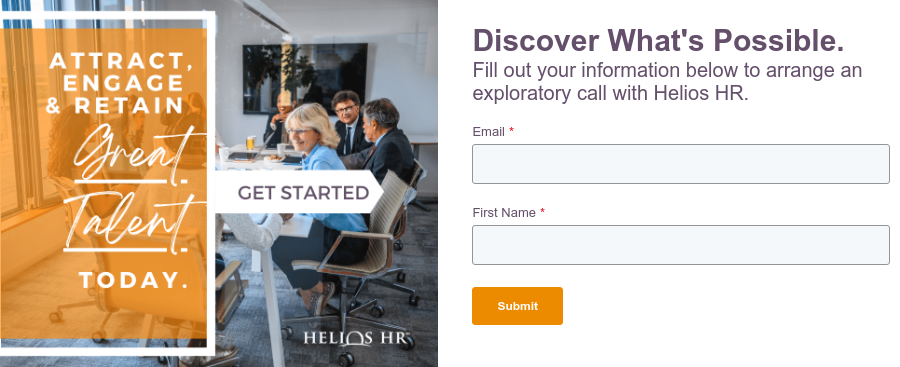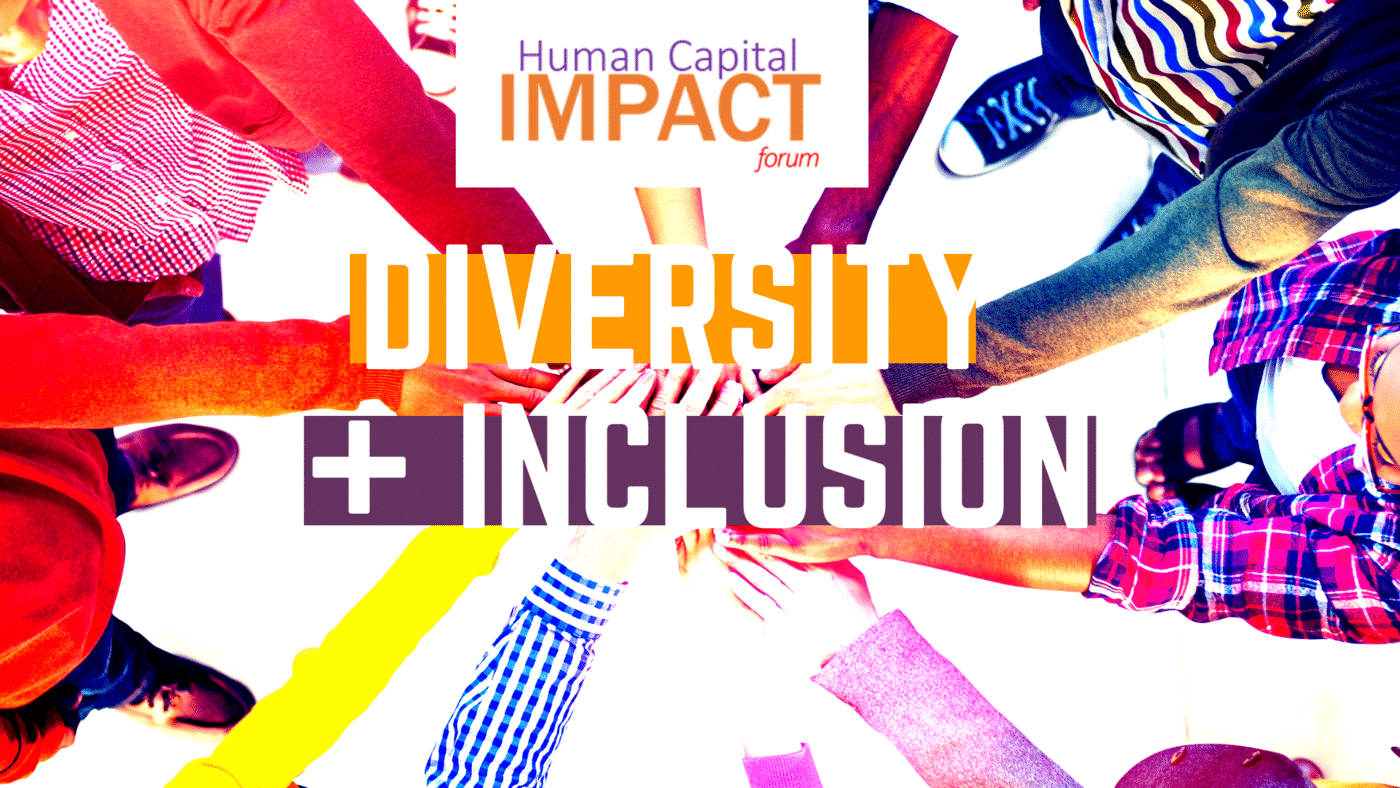By: Dawn Leckenby on February 14th, 2024
Diversity and Inclusion Best Practices—What You Need To Know
Diversity, Equity and Inclusion, also known as DEI, has recently become a hot-button topic in the media, earning both positive and negative coverage.
However, the data shows that workplace diversity is not that controversial in reality. A study by Pew Research found that only 16% of employees are against diversity and inclusion projects, while 56% actively support DEI.
What’s more, an inclusive workplace can have a clear impact on the bottom line. McKinsey found that companies with a higher rate of gender diversity tend to outperform their rivals by 25%, while companies with ethnic diversity perform 33% better.
What is diversity and inclusion?
DEI is about creating a company culture that offers a sense of belonging and equal opportunities for all. To achieve this, you need to look at how your company treats underrepresented groups.
Who are these underrepresented groups? The obvious identifiers include people of a certain ethnicity, gender, age, sexual orientation, or people with disabilities. Other factors that can affect inclusion are things like geographic location, education and qualifications, work experience, marital status, and learning style.
All of these differences can be strengths. A diverse team gives you access to new ideas, new perspectives, and new ways of working. They can help you work with your customers in new ways, or even connect you with new audiences. And being an inclusive employer gives you access to a much deeper pool of top talent.
One of our Diversity and Inclusion keynote speakers, Patsy Doerr formerly of Global Head of Diversity and Inclusion at Thomson Reuters, now CEO of The Association of Junior Leagues International, described it best.
"Diversity is the power of the collective." - Patsy Doerr
From an HR and Recruiting practitioner perspective, we’ve seen diversity evolve over the years:
-
In the 1960s, the focus was on EEO and not to discriminate when hiring.
-
In the ‘70s and ‘80s, we developed Affirmative Action to actively plan on diverse hiring.
-
The ‘90s gave us a broader definition of diversity to include religion and culture.
-
And today, we’ve realized that we need to bridge the gap between the workplace and the world we live in.
Organizations are finally realizing that with diversity comes a deeper and broader ability to solve problems, drive innovation and attract diverse talent.
Best practices for your DEI program
Diversity and inclusion need to be a core part of everyday life. You can’t just have DEI initiatives once per year—you need to make the effort every day to build a culture where everyone is an equal part of the team. Here are some best practices to help you achieve this:
1. Get leadership team buy-in
Workplace culture is driven by the C-Suite. If senior leaders are committed to DEI, the rest of the company will follow their lead.
-
The biggest reason why diversity and inclusion programs fail is that it’s not a focus for the CEO. (Read that one more time and let it sink in.)
-
It must be an integrated part of your culture and not siloed by HR or your Diversity leader. Leadership should include people from different backgrounds and encourage inclusion by setting that tone from the top down and incorporating it into your values and throughout your management team. Take a look around your leadership table, does it reflect an inclusive and diverse team?
-
Open and honest communication will go a long way in fostering an inclusive culture. Communication allows for authentic relationship building and engagement. Management will be well served to make these voices and ideas heard and represent the under-represented.
-
Open advocacy groups and idea forums, which can help create an atmosphere of openness and trust. These are meetings where employees can be heard and feel safe expressing different ideas and viewpoints. These groups will most likely foster open communication and often a healthy exchange of different opinions and viewpoints will most likely arise. When a Manager attends, it not only shows employees that leadership cares about their opinions, but it can maintain the healthy tone of these meetings.
2. Set clear DEI metrics
Determine how you can best measure your progress and over what period of time. Also, be patient and recognize that national and international diversity and inclusion metrics are actually still being developed.
-
Assess and reassess what metrics matter most to your business internally and externally, and then see what successes you can share or work towards improving.
-
An organization’s retention is probably one of the best ways to measure inclusion. If employees feel their ideas are heard and that they are a valued team member, they are more likely to stay. Conversely, if an individual is always feeling left out, invisible and voiceless, they are more likely to leave.
-
Some programs that your organization can implement to show you are committed to diversity include:
- Employee Resource Groups (ERGs) to offer mutual support
- Diversity events and conferences
- Strong record of diverse promotions and
- high-level hires
- Career development, leadership training, and mentoring at all levels
- Supporting employee financial wellbeing
- Providing benefits for non-traditional families
- Working with diverse suppliers and contractors
3. Review recruitment processes
Recruitment is the most important element of any DEI strategy. After all, you can’t build a diverse culture unless you have a diverse team
-
It is so important for the recruiting team to be aligned with the organization’s strategic objectives and diversity goals and in the past, I have noticed it's not always a core focus. Recruiters are not only responsible for hiring talent, but should also be trusted advisors to their hiring managers with a full understanding of the current make-up of the team to encourage diversity.
-
Looking at advertising and job tools will be as valuable as researching demographics and labor statistics to help locate target candidate pools. It’s our role as recruiters to find out what pieces of the diversity puzzle are missing and then find those pieces. There are some great demographic sites that recruiters can access to increase their odds of finding targeted groups:
-
City-Data can help recruiters locate talent pools by accessing population data.
- The Bureau of Labor Statistics will help direct a talent search by providing specific information that can shed light on unemployment rates grouped by industry.
- When hiring new college grads, a company can access schools’ graduation rates by major and ethnicity.
-
A.I. presents some challenges. People often think that computers are immune to the kind of unconscious bias that affects human decision-making—but that’s not true! Automated systems, including AI, are trained on real-world data, and real-world data can be biased. A.I. can help you recruit a more diverse workforce, but the system will still need oversight from human experts.
-
Recruiters can also use associations during a search for minorities, for example, which can provide pockets of potential talent. Some of these could include the National Society of Black Engineers, Association of Latin Professionals in Finance and Accounting and National Asian American Telecommunications Association. A little research will go a long way in finding the talent groups you’re looking for.
4. Give employees a voice
Inclusive teams are based on two-way communication. Your team should have the opportunity to share their feedback and offer suggestions on ways to become a more inclusive workplace.
-
Employee Resource Groups are a great way for employees to support and advise each other. ERGs are a space for people from similar backgrounds to talk about their experiences, share tips, and provide mentorship. An ERG can also raise concerns with the leadership team about any ongoing DEI issues.
-
Avoiding the “small group problem” can help create an even more diverse workplace. Inclusion initiatives often focus on large, identifiable groups, but what about smaller groups? In some cases, you might have just one individual who is a member of a particular demographic. Do they have the support they need for a positive employee experience?
-
A Chief Diversity Officer can take DEI to the next level. At least, you should appoint someone to report to the C-Suite about your DEI progress. The leadership team needs honest feedback about your organization’s successes, failures, and future opportunities.
5. Be honest about existing bias
I’d be remiss if I didn’t take a minute to talk about bias. Bias is a quick way to derail progress towards your Diversity and Inclusion goals and can happen throughout the hiring process. It could show up during the sourcing and job ad phase or later in the process during the interview.
-
When it comes to sourcing, job descriptions and ads, be mindful of your phrases. For instance, phrases like “we’re looking for strong” or “who thrive in a competitive atmosphere” are male-biased while “nurture and connect with others” and “have a polite and pleasant style” are female-biased.
-
Bias can sometimes appear as part of your employer brand. For example, does your LinkedIn page include details of employee achievements? If so, are you highlighting people from diverse backgrounds?
-
Interview bias can be subtle or blatant and can take the form of first impression error, stereotyping, and similar-to-me errors where the interviewer favors candidates who share similar characteristics or experiences with them. Non-verbal bias emphasizes non-verbal cues that are unrelated to job performance.
If you suspect there may be some bias existing on your team, perhaps you should consider unconscious bias training for your managers. As a leader, you also need to hold your teams accountable to your diversity and inclusion goals.
Get DEI help from the experts
Diversity and Inclusion can be a positive experience for all employees, making it easier for you to attract, engage, and retain top talent.
It's easier when you've got some expert help. If you'd like to learn more about building an inclusive workplace culture, book a call today with a Helios HR consultant and let's talk about your DEI goals!






